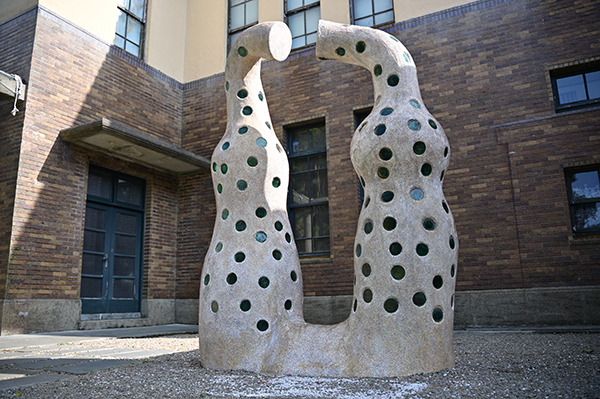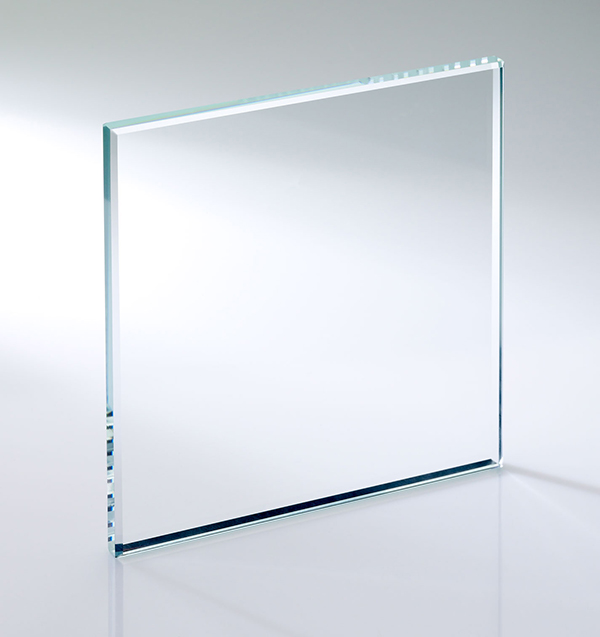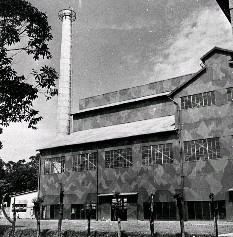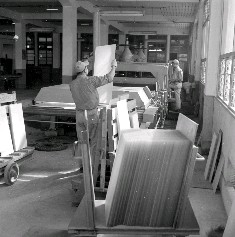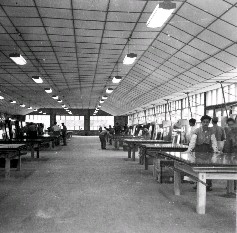 History
History
In Taiwan, the glass industry has a history of nearly a century. In the early days, glass manufacturing primarily focused on industrial instruments and essential household items. During the Japanese colonial period, glass production was mainly used for scientific and industrial instruments, including medical equipment and daily necessities.
photo by our team
photo by here
Hsinchu's glass industry is the center of Taiwan's glass manufacturing, with abundant glass raw materials and natural gas resources. Since the Japanese colonial period, Hsinchu has become one of the representatives of the glass industry among the three major industrial products. At the beginning of the 20th century Glass factories reached a level unparalleled in Taiwan. However, with the passage of time and intensifying global competition, Hsinchu’s glass industry also faces various challenges, particularly the loss of its low-cost advantage, relocation, and closures.
Hsinchu Glass Company's Zhudong Glass Manufacturing Factory officially opened on July 17, 1955. This is the first factory that manufactures flat glass. Taiwan's glass industry originated in Wanhua, Taipei in 1887, and then flourished in the Hsinchu area.
This company, jointly operated with public and private investment, financed its equipment purchases and the hiring of technical personnel through U.S. aid loans. Its establishment background is also quite unique. In 1949, when the Nationalist government relocated to Taiwan, Yao Hua Glass Co., Ltd., originally a Sino-Japanese joint venture in mainland China, transported some of its equipment to Taiwan. The government also planned to set up a glass factory on the island.
photo by here
photo by here
The 1960s and 1970s marked the golden age of Taiwan’s glass industry, with Christmas glass bulbs and glass artworks being the two major export products.
In 1960, Hsinchu Glass Company established a craft glass division, pioneering the use of sandblasting techniques to create traditional Chinese-style vases and folding screens. These exquisite glass pieces became a favorite gift from President Chiang Kai-shek to foreign dignitaries, significantly boosting the company's reputation.
The Christmas light bulb industry experienced explosive growth following an order from Italy, leading to a surge in the establishment of Christmas light bulb factories. By 1966, the number of manufacturers producing Christmas bulbs and decorative lights had risen to over 80. During the 1960s, Taiwan became the world's largest producer and assembler of Christmas lights, earning the reputation of the "Kingdom of Christmas Lights."
On January 24, 1960, the second manufacturing plant of Hsinchu Glass Company officially opened with a grand ceremony. After the manufacturing plant was put into production, its production capacity increased significantly. Glass products occupied the domestic market and were exported to 58 countries on 5 continents, including the United Kingdom, the United States, Australia, and Japan, on a huge scale.
photo by here
photo by here
In the late 1980s, China attracted Taiwanese businesses with low wages and vast land resources, prompting many glass factories to relocate. Additionally, with technological advancements and the rise of high-profit high-tech industries, the once-thriving glass industry gradually declined. The old smokestack of Hsinchu Glass Company's Zhudong manufacturing plant, once a landmark of Hsinchu, has now been demolished. The rise and fall of Hsinchu Glass Company can be seen as a microcosm of Taiwan's glass industry.
